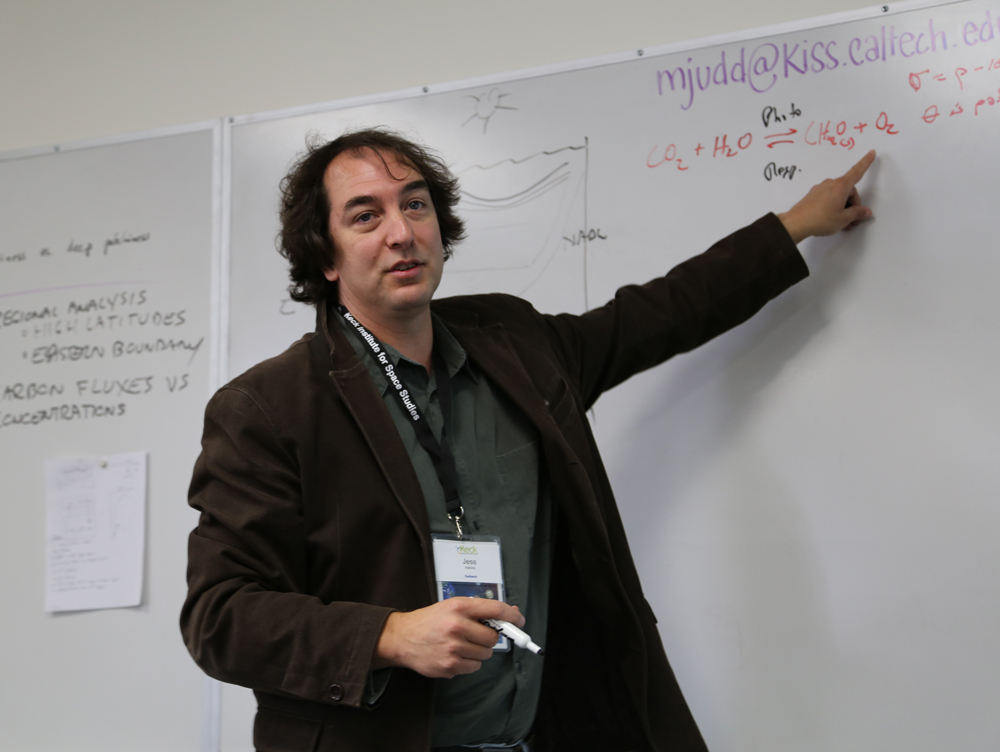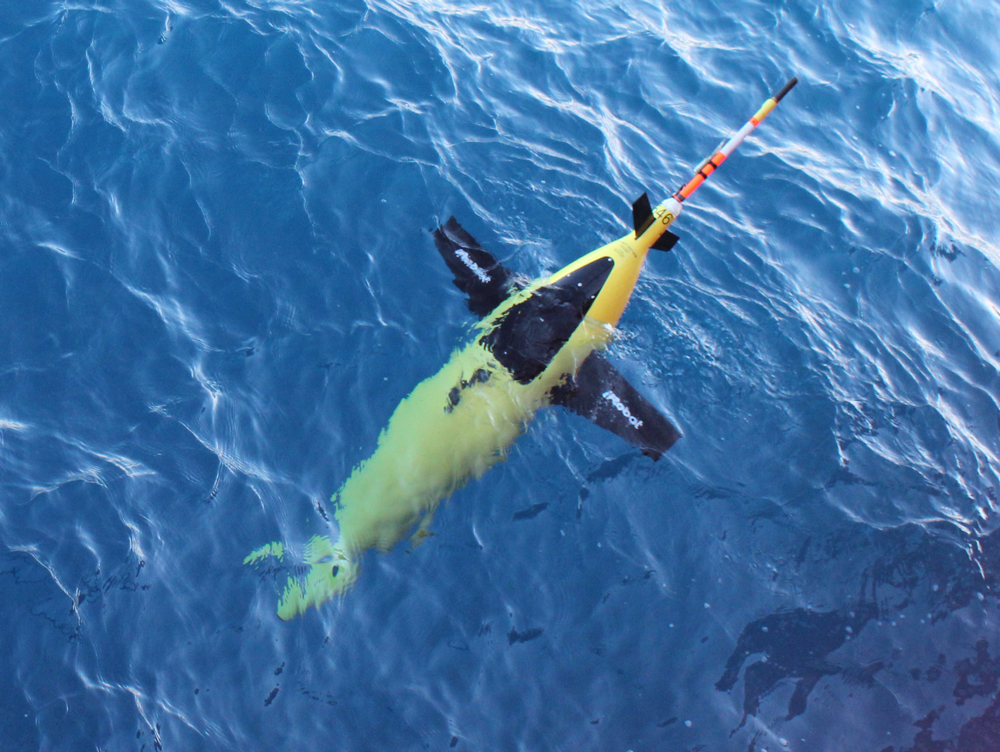Workshop Overview:
Understanding the global carbon budget and its changes is crucial to current and future life on Earth. The marine component represents the largest reservoir of the global carbon cycle. In addition to physical processes that govern carbon fluxes at the air-sea interface and regulate the atmospheric carbon budget, complex internal sources and sinks, including inorganic, geologic, microbiological and biological processes also impact carbon distributions and storage. Therefore, it is essential to observe and understand the whole system. This is a daunting task, as many of the processes are distributed throughout the ocean, laterally and vertically over scales ranging from centimeters to thousands of kilometers. Ship and satellite observations both offer a partial view but, for ships, are either too short term and localized and satellites, despite their large spatial coverage, lack the spatial resolution. Ocean robots, such as deep diving autonomous underwater vehicles (AUVs) and gliders, provide in-situ observations of the seafloor and water column while the surface can be observed in-situ by autonomous surface vehicles (ASVs). Presently, these assets are used disparately with each operating independently and requiring direct human intervention for data interpretation and mission retasking. This paradigm is insufficient for the task of obtaining the millions of in-situ and remote measurements necessary for quantifying the ocean’s contribution to the global carbon cycle. This study brings together scientists, who understand the imperative and scope of quantifying the global carbon budget, with technologists, who may be able to glimpse a possible way of solving it.
A coordinated network of ocean robots and satellites that autonomously interpret data and communicate sampling strategies could significantly advance our ability to monitor the marine carbon (and other biogeochemical) cycles. The principal goal of this study is to determine whether emerging technologies could enable crucial oceanographic and space science investigations to be coordinated to address this scientific challenge and may be the way to address others. Specifically, we will:
- establish a lingua franca between the participants’ different research communities that will enable increased communication;
- identify the observational capabilities required to quantify the carbon cycle;
- assess the present capabilities of the ocean robotics, autonomous science, and satellite communities to provide these capabilities;
- investigate if coordinated ocean robots and satellites using autonomous science can obtain those observations; and
- develop a collaborative research agenda aimed at solving these problems.

































